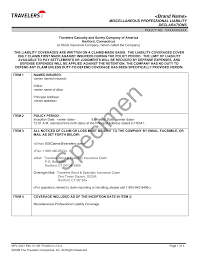
Many employers consider health insurance a crucial part of their compensation package. But the cost of these benefits has increased steadily for a decade. There are many reasons for this, including rising deductibles, higher prescription drug costs, and increased health system pricing. These trends are driving the increase in premiums and depressing wage growth. Many employers are frustrated at the increasing costs and administrative burdens. Some employers look for non-wage work alternatives.
Employers are increasingly using wellness programs through wearable technology. A survey showed that nearly half of all employers store data about employees' wearable devices. Although the main driver of the market for health insurance is price increases, employers are now looking at other payment options to keep their employees healthy.
The Congressional Budget Office predicts that in the next ten-years, the number Americans who receive health coverage through employer-sponsored programs will remain at the current 159 million. The tax-favored alternative to health insurance is still available. Nonetheless, the cost of single coverage will be more than 9.86 percent of household income in 2019.

Premiums do not include the cost associated with health insurance. They also include the cost of deductibles. A quarter of American workers have a minimum $2000 deductible. In the US, around 25% of workers have a minimum $2,000. Self-insured plans can be a cost-saving option if there are few claims. However, if the claim exceeds expectations, the employer may have to pay more.
Small group rates are determined by the age mix of the employees. Massachusetts's average annual wage for workers under 25 is $1186, while Massachusetts's average annual rate for those over 25 is $6,896.
Larger employers can have greater control over their plan coverage. Most large employers offer a biometric screening to their employees. They offer a wellness program, which encourages employees visit lower-cost providers. The public sector also has the ability to tailor health care plans for employees.
The Affordable Care Law will make it possible for employers with 51 to 100 workers to be part of a merged healthcare insurance market. This is expected to happen in 2016. These employers will pay premiums that can go up to 9 %. It also requires states to set rate annually. A $3,480 penalty is imposed on those who do not offer affordable plans.

To comply with the ACA some small employers will need to make additional contributions to subsidize employee health insurance. Massachusetts has a 50-percent minimum contribution from employers.
Despite these requirements however, there is still a decrease in the number of employers that offer health insurance. After a decade of rapid increases, many small employers are frustrated with the uncontrollable cost of benefits. While most employers do not see an increase in their health insurance rates, some find it difficult to retain staff.
The difficulty of keeping employees on board is growing as the unemployment rate continues to be low. This is a major problem for employers. Employers who don't provide health insurance for their employees will be subject to a $2,320 penalty per employee. You can also face thousands in fines if you fail to comply COBRA. This law requires employers offer ongoing health care to their employees.